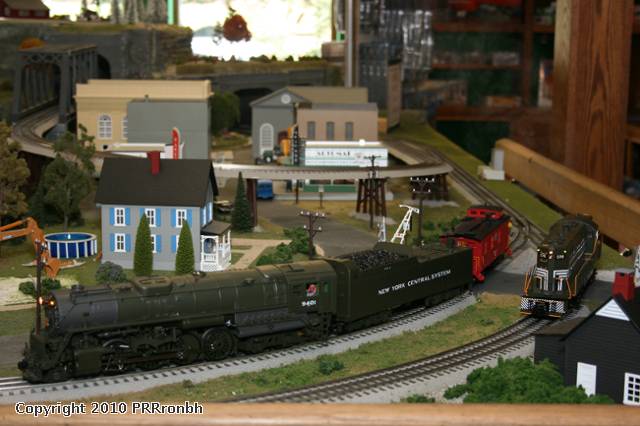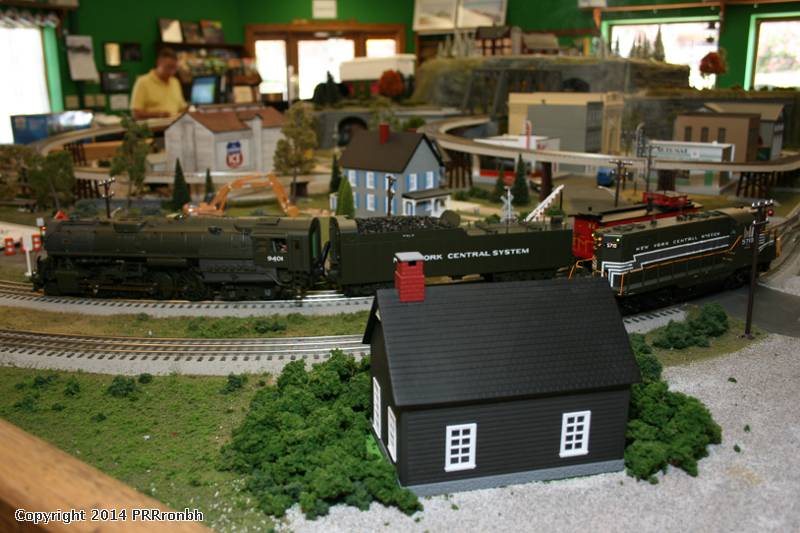Originally Posted by Norton:
MTH doing a 2-8-0 lettered for NYC/P&LE is what really prompted this thread. I know its a Western Maryland prototype but assumed it was close to a P&LE engine for them to letter it that way. NYC had some that were similar save the large tender. I am hoping Mr McLean's book can shed some light on it.
Pete
Pete,
I would volunteer to look that up for you tonight, but all my railroad books are packed away in boxes under the basement steps in our split foyer house from our move 3 years ago. Emptying the closet is out, because our older daughter is packing boxes to move, and the basement area near the closet is too full to pull everything out. Hopefully she will be getting the job and move, because it would free up space that is crying out for an O-Gauge layout.
Dave,
I have some NYC/P&LE equipment, but don't know off hand how authentic to the prototype they are. At one point in my life, that would bother me, but I guess I am mellowing.






